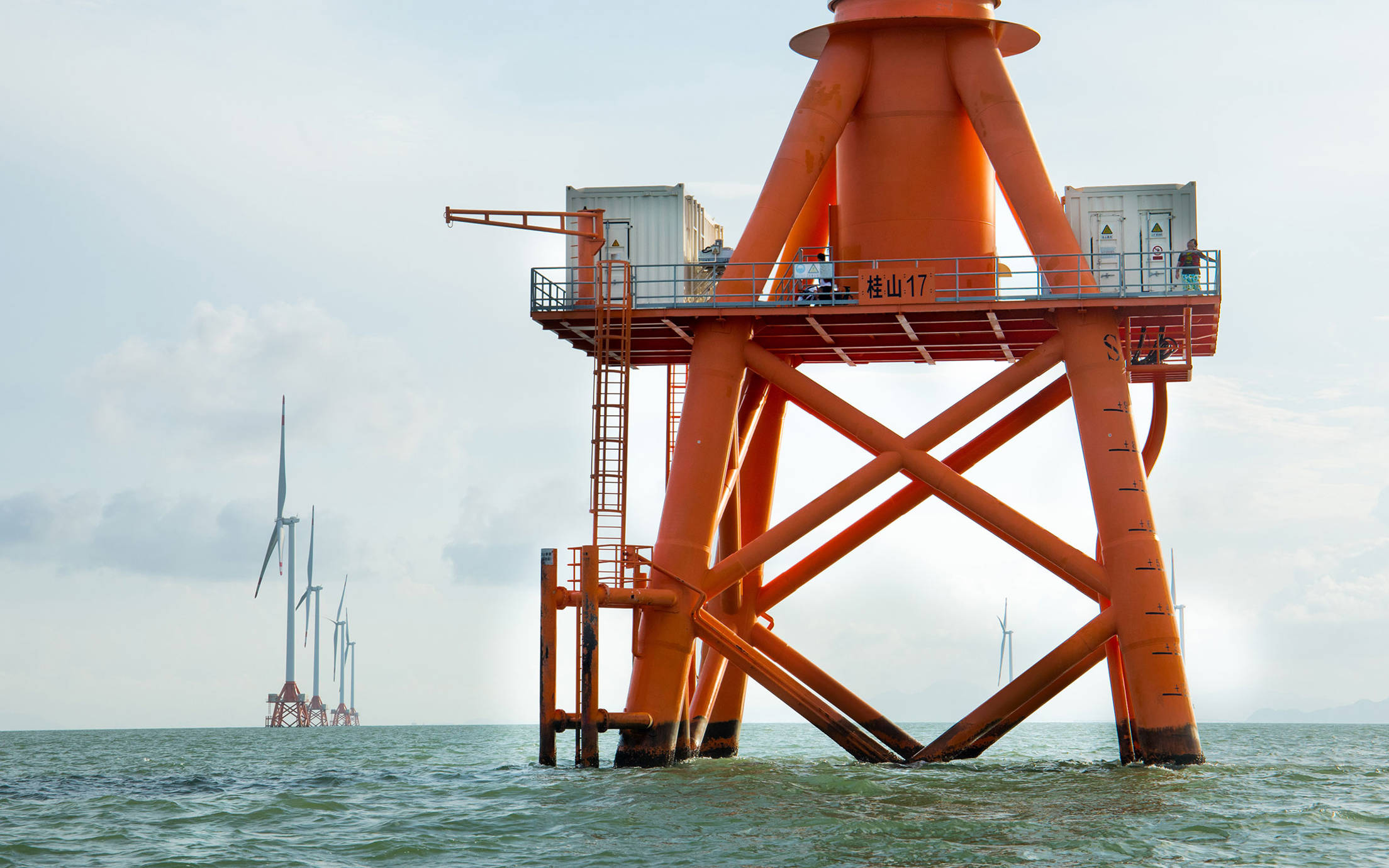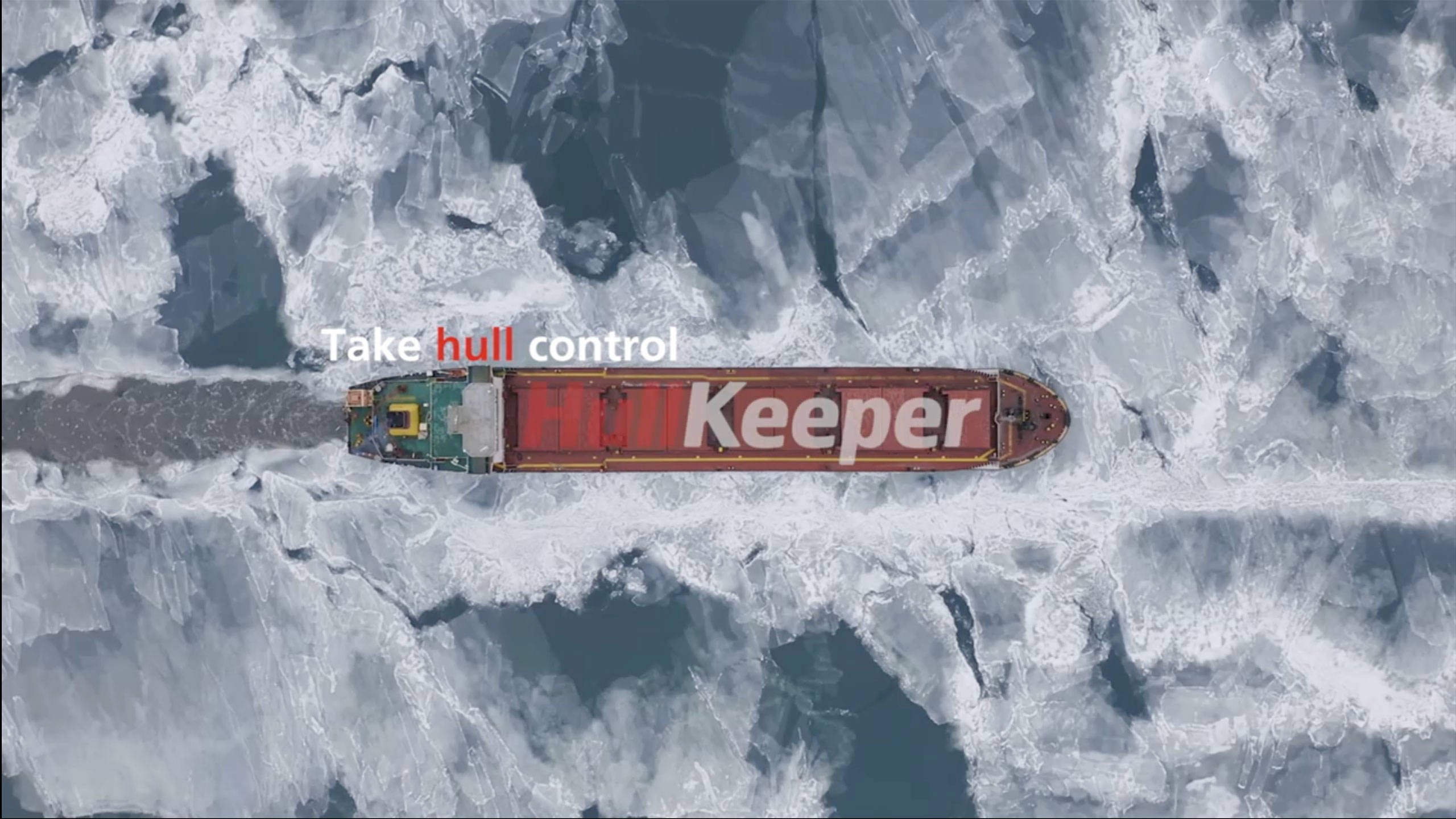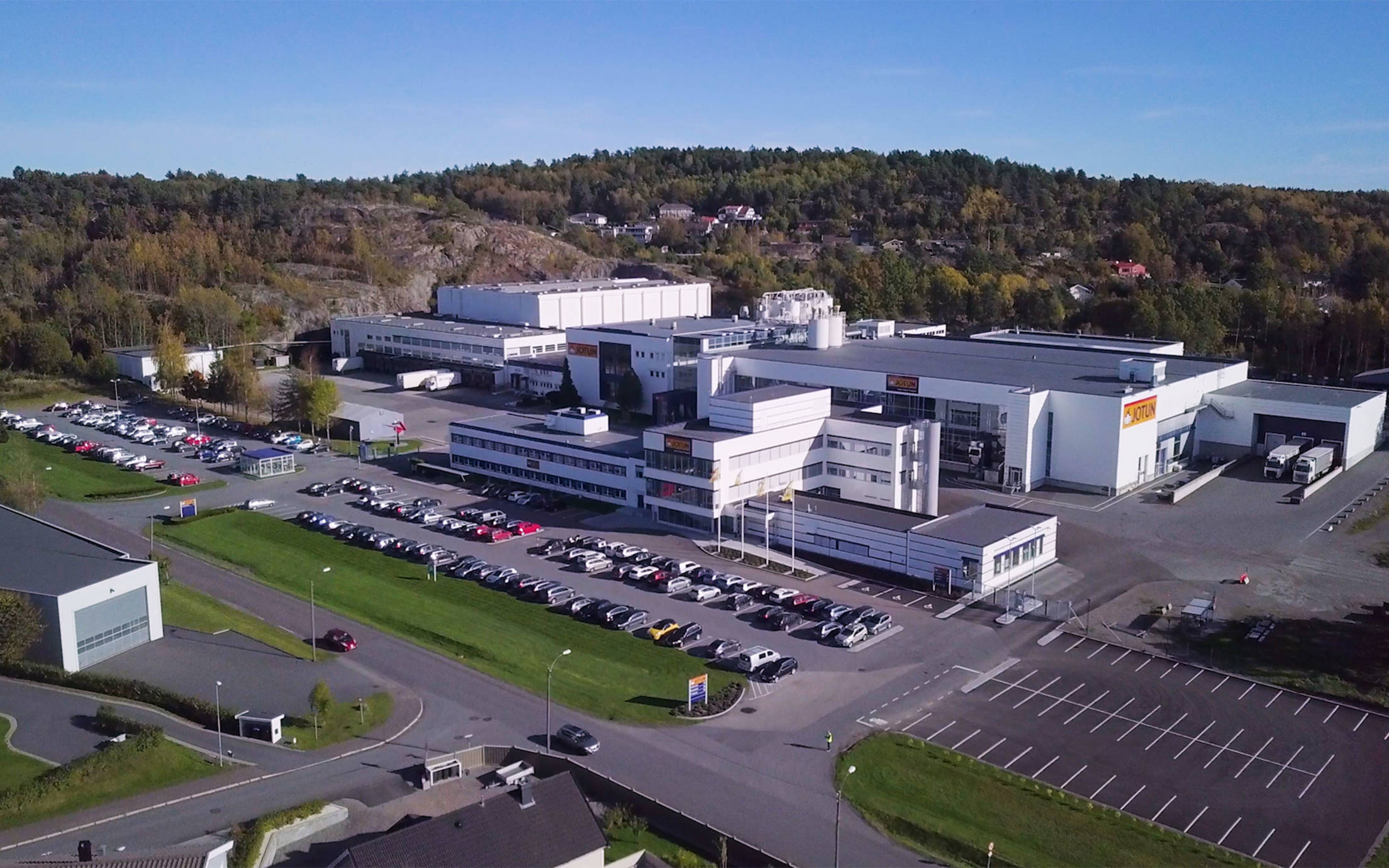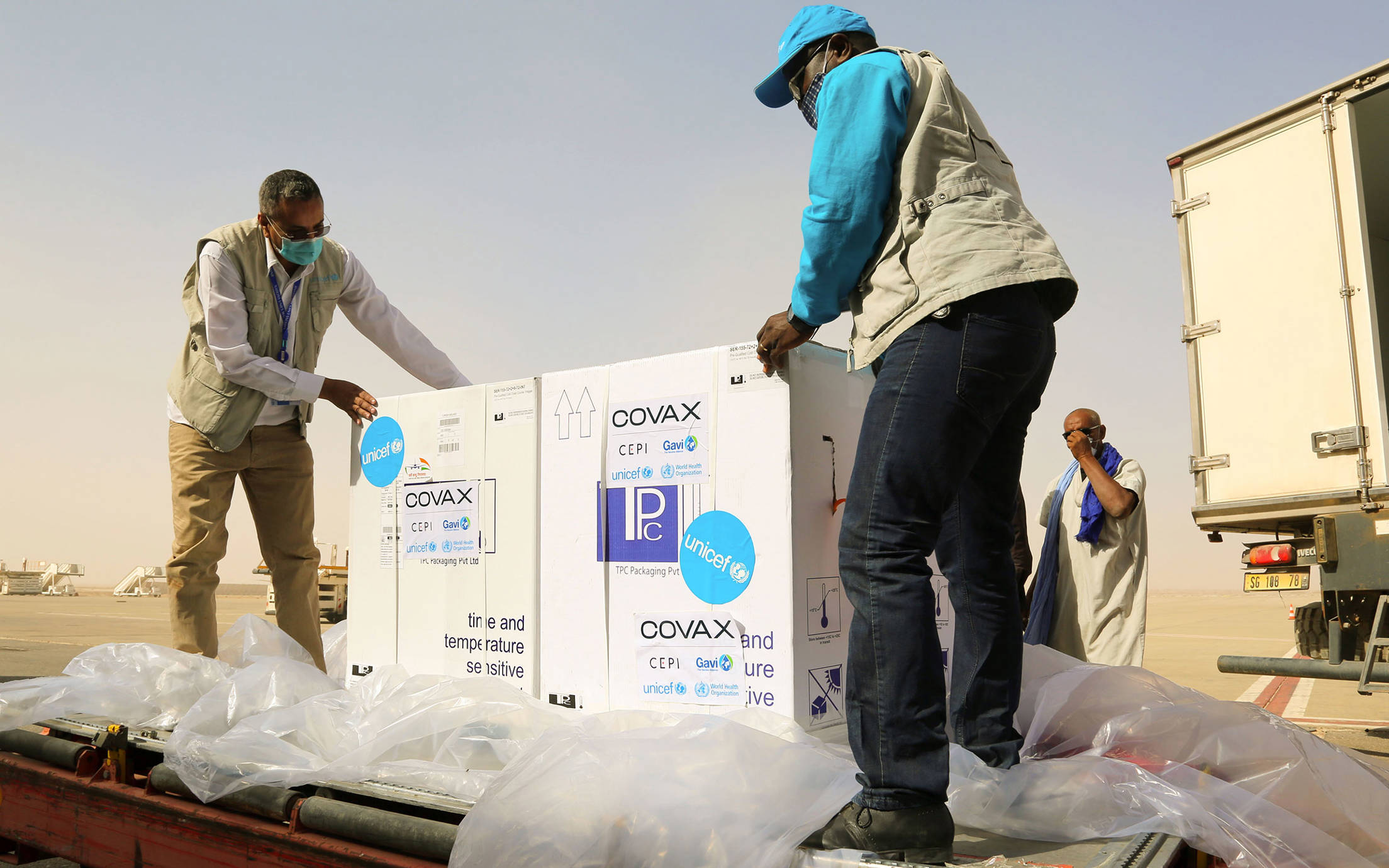
Renewable success
With global demand for renewable energy on the rise, Jotun is growing fast serving wind energy projects in the world’s leading market: China.

January 25, 2022
Jotun’s HullKeeper programme may include some advanced monitoring technology, but it is Jotun’s fouling control expertise, supported by proprietary fouling risk algorithms, that helps shipowners and managers improve their environmental performance.
Biofouling is a major issue in shipping and leads to significant increases in fuel consumption and greenhouse gas (GHG) emissions. And with growing pressure from regulators and consumers on the shipping industry to address sustainability issues, Jotun has worked to develop solutions to help its customers comply with existing and pending regulations, improve performance and lower emissions.
While the quality of Jotun’s antifouling hull coatings remains critical to improve hull efficiency, Jotun has also invested in after sales service and digital technologies to develop new solutions to help owners and operators reduce fuel costs and improve environmental performance. These new digital tools allow Jotun’s customers to track and analyse hull performance over time, providing them with the information they need to track and improve environmental performance.
In other words, what can be measured can be managed.
Launched for a limited number of customers in 2020, the HullKeeper programme is the latest example of Jotun’s innovative approach to helping customers improve hull efficiency. Designed by Jotun’s team of hull performance experts, the four-part programme optimises hull performance, allowing customers to take full control of their operations through hull monitoring, fouling risk alerts, inspections, and advisory services.
The HullKeeper programme is grounded in Jotun’s proprietary fouling risk algorithm, supported by data from different sources to make fouling control and efficiency more predictable. By providing insight into issues before they occur, ship operators can take planned corrective actions that help shipping lower fuel costs and corresponding emissions.
Because increased fuel consumption due to biofouling is the cause of around nine per cent of the 919 million tons of CO2 and 21 million tons of other greenhouse gases emitted by shipping annually, proper fouling control has the potential to reduce emissions significantly. While it is unlikely that the industry will reach its full potential of a reduction of 85 million tonnes of GHGs through fouling control, Jotun believes that even a modest contribution would be a genuine achievement!


With global demand for renewable energy on the rise, Jotun is growing fast serving wind energy projects in the world’s leading market: China.

To reduce the amount of wastewater generated by the Jotun factory in Norway, the company has invested in a process water recycling system.

In the fight against the coronavirus pandemic, Jotun has donated NOK 5 million to UNICEF and the COVAX programme.
A video is being shown
An image is being displayed
A brochure is being displayed